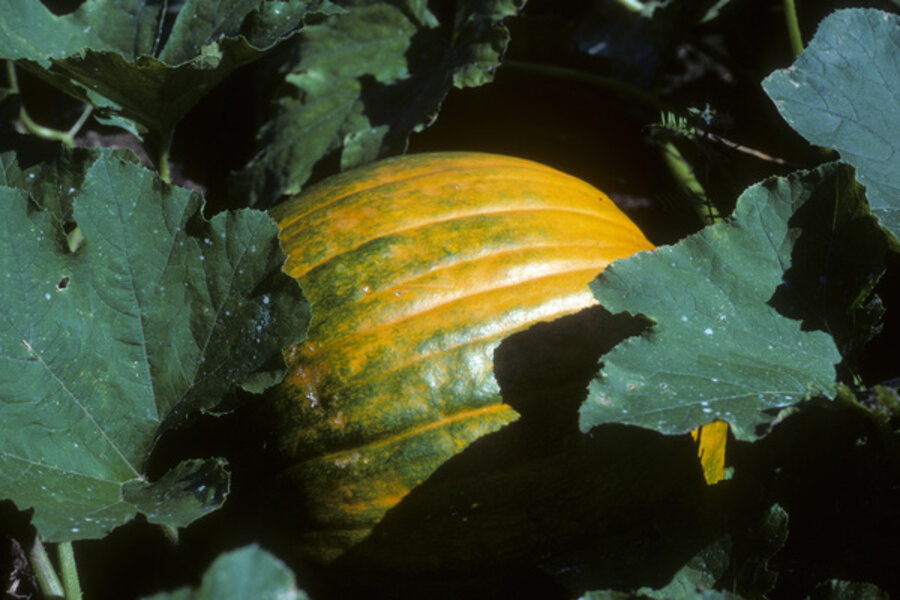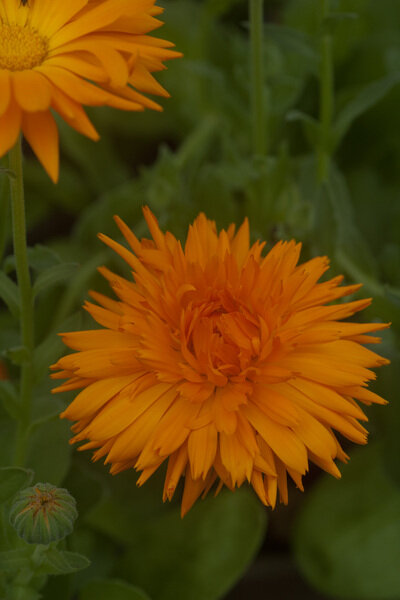Saving seeds: Gardening on the cheap
Loading...
Two months ago I bought a packet of hybrid sunflower seeds off the seed rack at the local farm store — $2.99 — and discovered I’d purchased 10 seeds.
Even with inflated prices, starting plants from seeds is still an exercise in frugality. An ounce of lupine seed (Lupinus perennis) is $4.65, which is about half the price of one plant. And one ounce contains about 1,300 seeds, which is 1,285 more than I need.
All kinds of seeds can be saved
Over the years, I’ve started the usual suspects from seed -- annual and perennial flowers, vegetables, and even some hardy bulbs and woody species.
Growing any plant from seed is satisfying, but the gratification is multiplied if it’s a white oak (Quercus alba) that is likely to be around 100 years after I’m dead. Or I’m compost, as my son used to say.
For real frugality, however, you have to move from being a seed starter to a seed saver.
I’ve harvested seeds from my garden and from elsewhere: winter aconite seeds from my former home in Oberlin, Ohio; seeds from the tree lilac in front of the Middlebury Bagel & Delicatessen in Vermont; acorns from the Medina, Minnesota, street my daughter used to live on; and lilac seeds from bushes grown by Fr. John Fiala, a revered breeder of lilacs and flowering crabapples who died in 1990.
Choosing seeds to save
Many plants in our gardens won’t go to seed for another month or more, but it’s not too early to identify which plants you want to save seeds from.
Pick the most vigorous, those least bothered by insects and diseases, those with the largest fruits or flowers in the colors you like best. (A woman I knew saved seeds only from red zinnias, and after a few years she had developed a zinnia seed line that produced only red flowers.)
There’s one hitch to saving seeds: What you save from isn’t always what you get. If the seeds come from a hybrid cultivar, such as one of the hugely popular Calibrachoa hybrids that fill half the hanging baskets in America, the plants those seeds produce are unlikely to look like the parent plant.
If you like surprises, go ahead and save seeds from hybrids and see what they bring. I grew lilacs from seed taken from hybrid plants — not identical to the parent but handsome all the same.
Better advice is to save seeds from open-pollinated plants (OPs), varieties from stable breeding lines whose seed will produce plants that are very like their parents.
No one agrees on how old a variety must be to be called an “heirloom” — before 1900, before World War II, before 1951 — but everyone agrees that heirlooms are always OPs.
One other warning about saving seeds: Some plants -- such as corn, squash, and pumpkin -- cross-pollinate enthusiastically with other plants, so their seeds rarely “come true.”
Seeds saved from ‘Ashworth’ sweet corn that was grown side-by-side with ‘Lady Finger’ popcorn is unlikely to produce sweet corn that you’ll want to eat, even though both are OPs,
These seeds are easy to save
Vegetable gardeners will have the best luck saving seeds from nonhybrid beans, lettuces, peas, peppers, and tomatoes -- plants that are less likely to cross-pollinate.
Good flowers for novice seed savers are calendulas, cosmos, corn poppies, lupines, French marigolds, snapdragons, stocks, and zinnias.
Economy is only one reason to save seeds and to grow OP and heirloom varieties. It makes you a part of the worldwide movement to keep endangered plant varieties alive.
Before long you’ll paste a I LOVE ANTIQUES (with a picture of a tomato) on your car bumper. And maybe become another Diane Linsley, the founder of Diane’s Flower Seeds, and turn your seed saving into a business as she did.
Editor's Note: Karan's next post will explain all you need to know about the how-to of seed saving. We'll post the link here when it's online, or just check back to the Monitor's Diggin' It blog over the next week or so.
-----
Karan Davis Cutler blogs regularly at Diggin’ It. To read more, click here. She's a former magazine editor and newspaper columnist and the author of scores of garden articles and more than a dozen books, including “Burpee - The Complete Flower Gardener” and “Herb Gardening for Dummies.” Karan now struggles to garden in the unyieldingly dense clay of Addison County, Vt., on the shore of Lake Champlain, where she is working on a book about gardening to attract birds and other wildlife.






